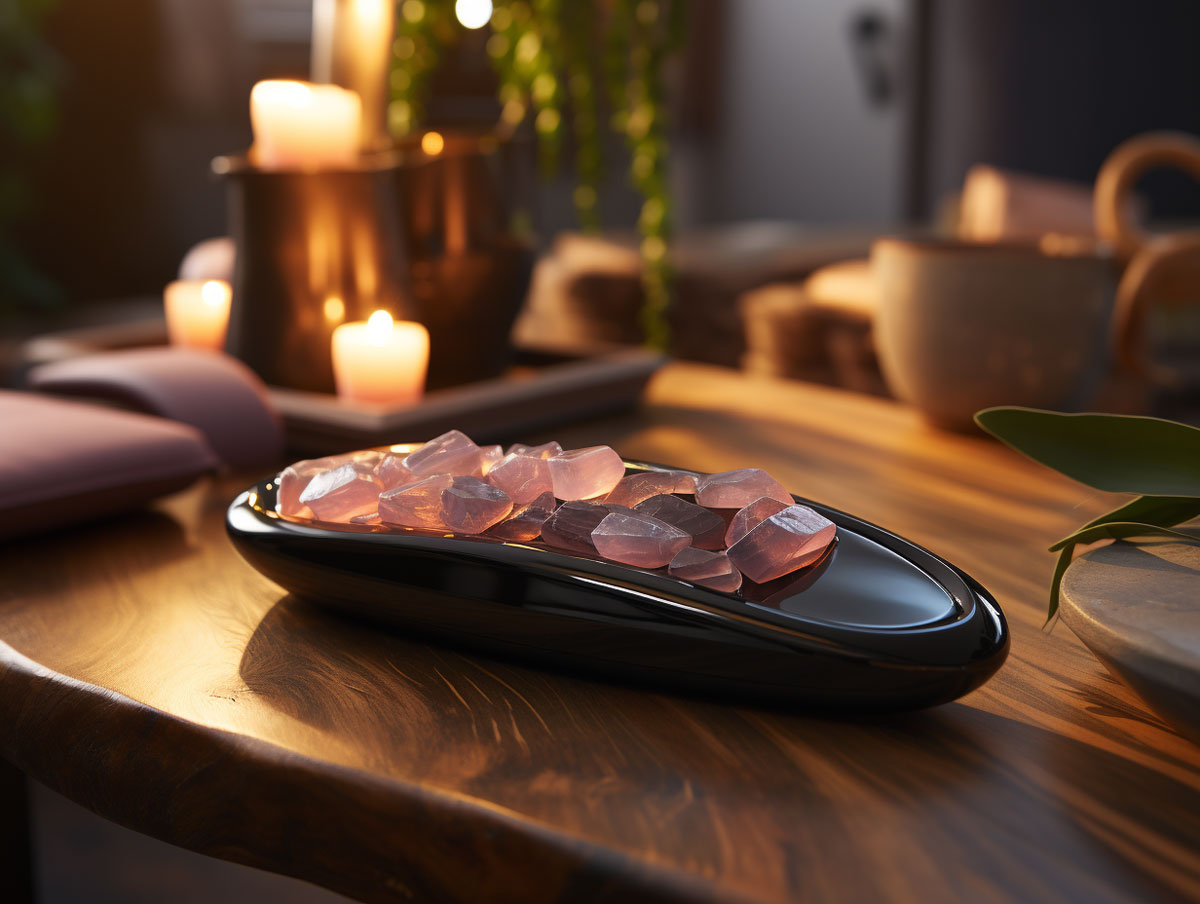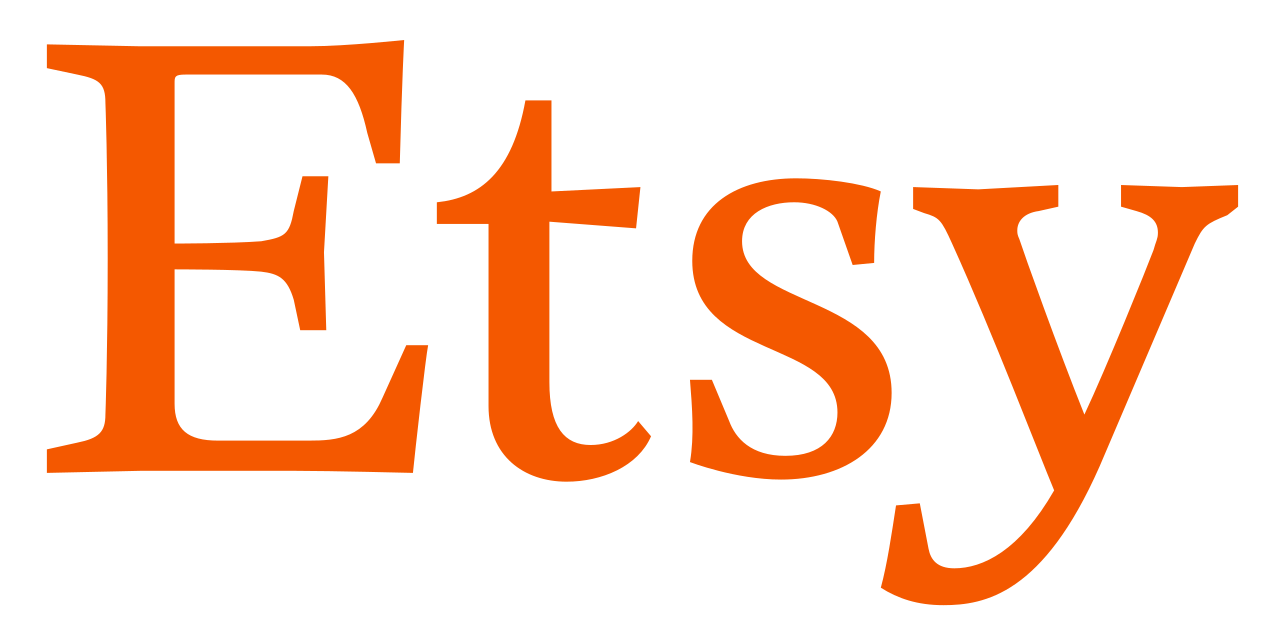Qi » Wellness Blog » Chinese Massage » A Complete Guide to Chinese Gua Sha Muscle & Skin Scraping

A Complete Guide to Chinese Gua Sha Muscle & Skin Scraping
Muscle scraping is a technique designed to soothe the muscles and promote recovery. It works by promoting circulation, and if you’re struggling with chronic pain or even just a little DOMS, it could be the solution, one that is completely drug-free and comes with minimal side effects.
Gua Sha: The Basics
The practice of muscle scraping is based on a Chinese technique known as gua sua, which roughly translates as “scraping away an energy blockage”. It’s thought to date back over 700 years, making it one of the oldest techniques still used in traditional Chinese medicine.
You may also see it referenced as The Graston Technique, a variation developed by athlete David Graston in the 1990s. Graston used muscle scraping to recover from a knee injury, but if the right tools and methods are used, it can also help with pain, discomfort, and recovery in any muscle.
Why Do People Practice Muscle Scraping?
There are a few theories on why muscle scraping works or seems to work.
The basic theory is that the practice stretches and relaxes the muscles, much like a deep-tissue massage. The main reason, however, is that muscle scraping stimulates the body’s natural healing response by creating microtrauma within the muscle. The body then repairs itself and strengthens the damaged area. It can also work knots out of the muscles and encourage blood flow by freeing up the area.
The Best Tools for Muscle Scraping
Traditionally, muscle scraping was performed with animal bone or a tool made from jade. The area would be lubricated with oil and the tool was then dragged over the skin, applying enough pressure to massage the muscle underneath. Modern muscle scrapers are usually made from metal or plastic. The shape varies, as does the size and price, but most scrapers are curved to facilitate easier movement across the muscles and to glide effortlessly over the skin.
- Lower-Body Scrapers: A small, curved tool designed for upper body muscles such as the arms, shoulders, neck, and chest. Look for a strong and durable tool with a firm, anti-fatigue grip, as you’ll need to apply steady pressure over a prolonged period.
- Upper Body Scrapers: A longer scraper made for the large muscles in the leg. It’s typically held in both hands.
How to Perform Muscle Scraping
Once you have the right tools, you’re ready to start muscle scraping. Focus on a specific area, as the benefits are localized, so if you have pain or fatigue in your right bicep muscle then scraping in your leg is unlikely to do anything for you.
Begin by holding the muscle scraping tool at a 45-degree angle, so that you apply the edge against your skin. Pull it toward or away from yourself, applying light pressure. You should feel it, and it should be uncomfortable, but it definitely shouldn’t hurt. Think of it like getting a strong massage when your muscles are a little tender. It’s best to start with lighter pressure, so if you’re not sure how hard to push, keep it light for the first session and then increase the pressure if there are no adverse reactions.
Perform 10 to 20 strokes over the affected area. That’s all you need. Don’t go overboard. Give the area time to heal, and then consider another session at a later date. It’s usually best to wait for at least 48 hours, but it depends on how your body reacts, so pay attention to your response and adapt accordingly.
Things to Consider Before Practicing Muscle Scraping
Although it’s typically very safe and effective, there are a few things to keep in mind before you start muscle scraping:
- Discomfort but Not Pain: Although uncomfortable, muscle scraping should not be painful. Stop if it hurts, as you might cause an injury.
- Persistence: You may feel some benefits after your first session, but this is not a one-and-done technique and the best results come when you use the technique on a regular basis.
- Right Tools: Make sure you always use the right tools and if you’re new to the technique, do plenty of research in advance to ensure you get it right.
- Warnings: if you have a serious injury or another muscle problem, consult with an expert before trying muscle scraping.
The Benefits of Gua Sha
Muscle scraping helps to improve blood circulation. An analysis from 2012 looked at the effects of this technique and found that it could “significantly improve the blood perfusion volume” and helped to promote “local blood circulation and energy metabolism.” It’s hard to quantify the pain relief that it could potentially provide, and it’s even harder to know if it can expedite the healing process, But it certainly seems to have an effect, and there are hundreds of years’ worth of anecdotal reports from people who swear by muscle scraping.
It’s also used by modern athletes and physiotherapists, who typically combine it with other procedures.
Summary: The Practice of Gua Sha
Muscle scraping is a simple, effective, low-cost, and low-risk practice that you can perform at home. It takes just a few minutes and is best when combined with other healing techniques, such as stretching. Try it and see if it works for you!






